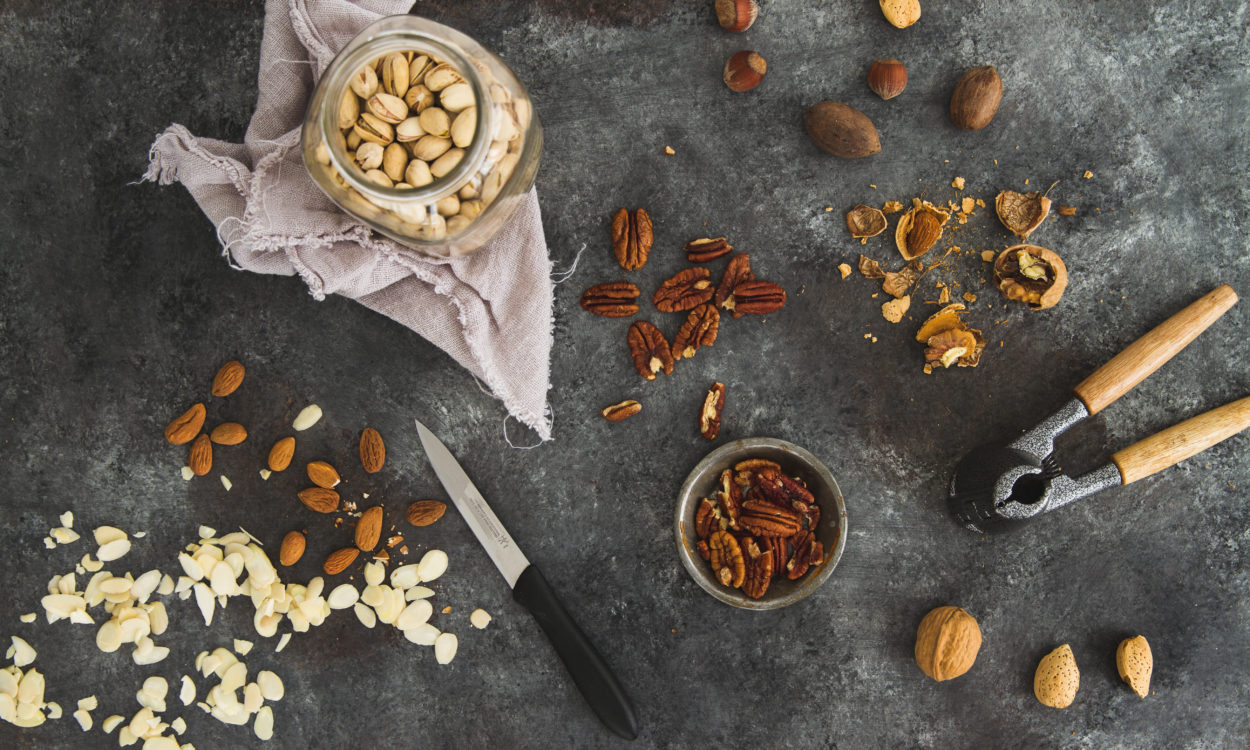Using plant-based proteins makes meatless cooking easy!
Incorporating more plant-based proteins in your cooking is a good idea for many reasons. Plant-based proteins are lower in calories and fat and higher in dietary fiber than animal proteins (meat). They’re also a part of a balanced and varied diet and help reduce our carbon footprint.
Protein every day
Proteins are essential to life, which is why we should consume them every day. Proteins should make up between 15 and 20% of the calories we consume in a day. Ideally, our daily protein intake should be calculated by a nutritionist, who will be able to properly evaluate the quantities an individual needs according to age, weight, health, and level of physical exercise.
Discover the different sources of plant-based proteins
There are many sources of plant-based proteins, including tofu, chickpeas, edamame, or nuts. Our five clever tips will make you realize fitting plant-based proteins into every meal is easier than you think.
1- Use tofu instead of ground beef
Tofu is particularly rich in complete proteins, that is, proteins that contain all the amino acids necessary for the proper functioning of your body. Containing 15 grams of protein per 100 gram serving, tofu is one of the top sources of plant-based proteins.
Tips: It’s easy to get small grains of tofu that have the same texture as ground beef by simply running a block of firm tofu through a food processor. You can substitute half or all the ground beef needed in your favorite recipes with the same quantity of ground tofu. Shepherd’s pie, spaghetti sauce, meatballs–all these recipes work wonderfully with tofu. You use less meat but enjoy a dish that’s just as tasty as the regular version.
2- Enjoy the crunch of edamame
Whether you buy them whole in their husk or already shelled and frozen, fresh soybeans (also called edamame) are easy to use. They are part of the vast legume family, just like chickpeas or black beans. They are particularly rich in high-quality protein, with nearly 12 grams of protein per serving of 175 ml (3/4 cup).
Tips: You can add edamame to any recipe toward the end of the cooking time since they only need 3 or 4 minutes to cook. Their “crunchy” quality, somewhere between a peanut and a black bean, make of edamame an excellent substitute for ground or diced chicken.
3- Try beans of all types
White, black or red: there are dozens of varieties of beans. Beans are an excellent source of plant-based protein, and they are rich in carbohydrates and fiber. One serving of 175 ml (3/4 cup) contains as much protein as two eggs or 60 grams of low-fat cheese. Guaranteed to satisfy your hunger!
Tips: You can puree beans in a blender and slip them into your favorite recipes: kidney beans in tomato sauce, white beans in squash soup, or black beans in burger patties. You can even add beans to brownies!
4- Explore nuts and grains
Nuts and grains are a delicious way to make your meals more nutritious. Rich in protein, fiber, and unsaturated fatty acids, they help to improve blood cholesterol. They provide between 15 and 20 grams of protein per 100 gram serving.
Tips: Nuts and grains are the ideal addition to desserts and snacks. You can make homemade granola with slivered almonds and pumpkin seeds, hide mashed lentils in a date square, or make hummus using chickpeas. Using nuts and grains, you can easily double the protein level of your desserts and snacks and increase your intake of dietary fiber. That way, smaller portions become more nutritious and extremely delicious!
5- Discover tiny lentils
Lentils are the only legume that doesn’t need to be soaked before cooking. They also have the advantage of being small compared to beans, which makes them naturally easier to love. Plus, they have a nice crunchy texture and they cook quickly. One serving of 100 grams of raw lentils provides about 26 grams of protein.
Tips: You can replace meat with lentils in recipes such as meatloaf, or you can stew them in dishes like curry, in which they will soak up the flavors of the rest of the ingredients.
Still not convinced? Try going one week without meat and compare your grocery bill. You’re sure to notice that there are lots of benefits to consuming more plant-based proteins!



